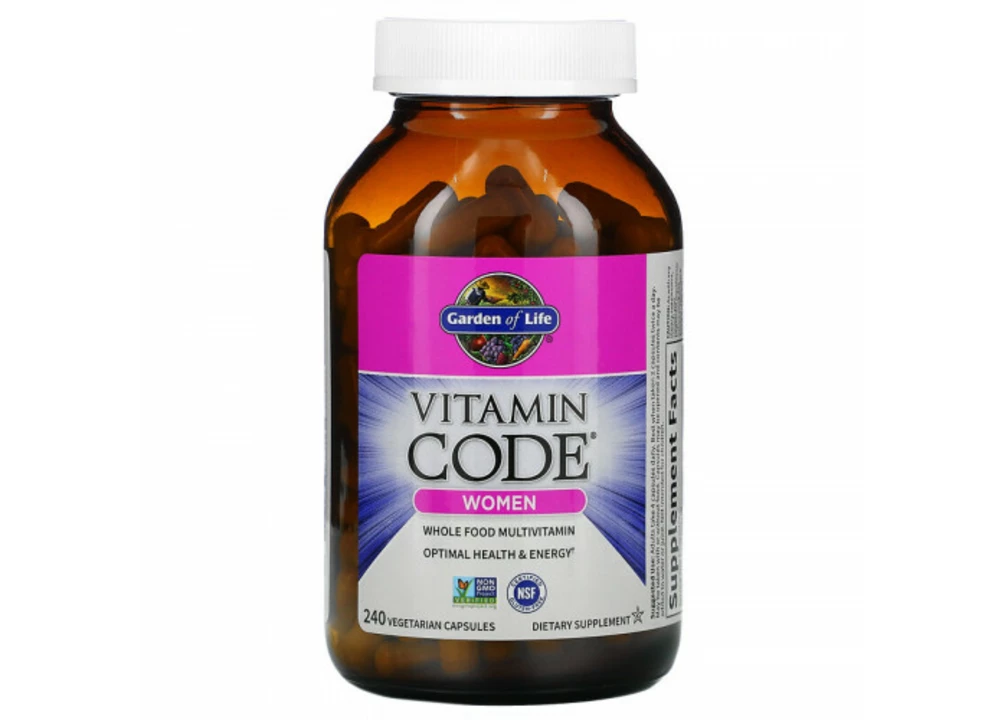Sodium: What It Does and How to Keep It in Balance
Sodium keeps your nerves firing, muscles working, and fluids balanced. But too much or too little causes real problems fast. This page gives clear, useful steps to spot trouble, lower or raise sodium safely, and watch for hidden sodium in medicines and foods.
Why sodium matters — quick facts you can use
Most adults do best under 2,300 mg of sodium per day; many health groups recommend about 1,500 mg for people with high blood pressure, heart failure, or kidney disease — check with your doctor for your target. Low sodium (hyponatremia) can happen from too much fluid, certain diuretics, or some illnesses. Watch for nausea, headache, confusion, weakness, or seizures. High sodium (hypernatremia) usually shows as extreme thirst, restlessness, muscle twitching, or confusion.
Medicines and IV fluids matter. Normal saline (0.9% sodium chloride) has about 154 mEq/L of sodium. Some over-the-counter and prescription drugs add sodium — think effervescent pain relievers, some antacids, and buffered tablets that list sodium bicarbonate or sodium phosphate on the label. If you’re on diuretics like furosemide (Lasix) or others, they change how your body handles sodium — that affects blood pressure and fluid levels.
Simple, practical ways to manage sodium every day
Read labels. Packaged foods usually list sodium per serving. Compare items and pick the lower-sodium option. Restaurant meals and ready-made sauces are often very high. Cook more at home and use lemon, herbs, garlic, and spices instead of salt — you’ll taste the difference quickly.
Swap processed snacks. Choose unsalted nuts, plain popcorn, and fresh fruit. Frozen vegetables can be a good choice if you rinse them first or choose the no-salt-added versions. When shopping, aim for "low sodium," "reduced sodium," or "no salt added" options.
Watch your meds. Check ingredient lists for sodium-containing forms and ask your pharmacist if a tablet or effervescent powder adds a lot of sodium. If you have heart failure, kidney disease, or high blood pressure, talk to your prescriber before switching medications or stopping a diuretic — changes affect sodium and fluid balance fast.
Know when to seek help. If you notice sudden confusion, severe headache, fainting, seizures, or rapid changes in how you feel after starting a new drug or changing fluids, get medical care right away. For slow, mild symptoms like persistent fatigue, swelling, or ongoing headaches, book a checkup and bring a list of your meds and typical daily meals.
If you want deeper reading on related topics, check our pieces on managing chronic heart failure and alternatives to common diuretics — they cover how sodium affects fluid control and medication choices. Managing sodium is simple once you know what to look for and which swaps to make. Small daily changes often make the biggest difference.

Get the Most Out of Your Diet with Sodium: The Essential Supplement for Optimal Health
In my recent blog post, I discussed the importance of sodium in our diet and how it's essential for optimal health. Sodium plays a crucial role in maintaining the balance of fluids in our body, transmitting nerve impulses, and supporting muscle function. However, it's crucial to consume the right amount, as too much or too little sodium can lead to health issues. To get the most out of your diet, make sure to consume sodium-rich foods like table salt, processed foods, and some vegetables, but always within the recommended daily limits. Stay tuned for more tips and tricks on how to maintain a balanced diet for a healthier lifestyle!
